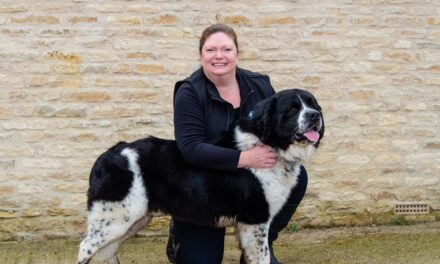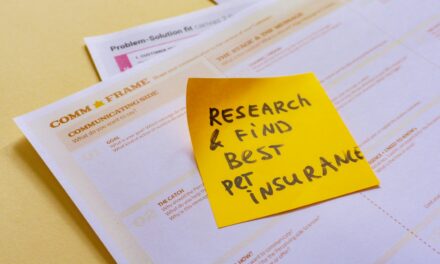The British Small Animal Veterinary Association (BSAVA) has unveiled a new Scientific Information Document (SID) focused on heartworm, aiming to equip veterinary professionals in small animal practice with current, accessible, and pertinent information regarding this concerning issue.
While heartworm is not native to the UK, the country has witnessed an increase in diagnosed cases, predominantly in dogs that have either travelled to or been imported from regions where heartworm is endemic, notably southern and eastern Europe. Heartworm, caused by the nematode worm Dirofilaria immitis, is transmitted through mosquitoes and primarily resides in the pulmonary arterial system, posing a risk of irreversible damage to the pulmonary arterial circulation.
Emerging Risk of Endemicity
The UK’s current climate rarely meets the necessary temperature conditions for heartworm transmission. However, with the escalating temperatures and a surge in imported dogs, there is a growing concern about the potential establishment of heartworm as an endemic issue in the UK. Veterinary surgeons are urged to remain vigilant and consider the possibility of heartworm in their differential diagnosis when dealing with relevant cases in practice.
Heartworm’s clinical manifestations vary from subclinical to life-threatening, with common signs including cough, exercise intolerance, and abnormal lung sounds in moderate cases. The SID recommends diagnosis through antigen and microfilaria testing, supplemented by radiography and echocardiography for confirmation and staging of disease severity.
The SID covers crucial aspects of heartworm, encompassing transmission, diagnosis, treatment, and prevention. Recognizing the importance of staying informed in the face of evolving risks, the document is readily available to all veterinary professionals through the BSAVA Library. By providing comprehensive insights into heartworm, the document enables veterinary professionals to enhance their understanding and approach to tackling this emerging health concern among dogs.








